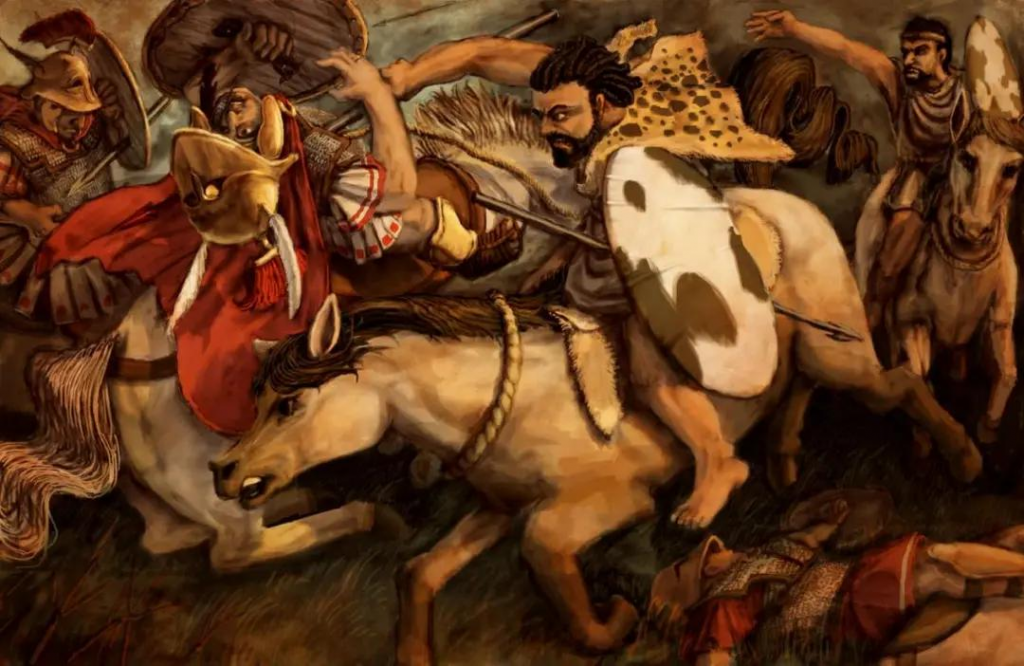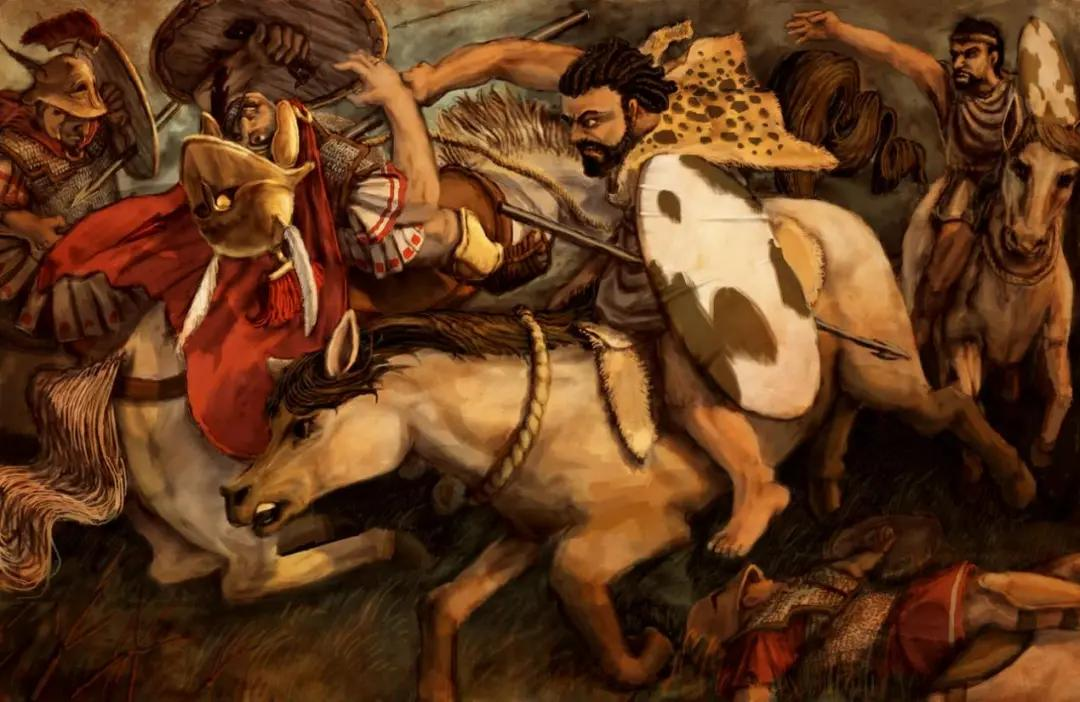In 203 BC, the Second Punic War had already raged for 16 long years, but the tide of victory had subtly shifted in favor of Rome. Under the leadership of the young general Scipio Africanus, Rome managed to dispatch a powerful expeditionary force to North Africa, advancing steadily on their sworn enemy’s home turf.
Meanwhile, the Carthaginian response was often hesitant and sluggish. The stakes were high, and their indecisiveness came at a steep cost. One notable example was the Battle of the Great Plain, a clash that could have changed the course of the war.

Desperation Sets In
After crushing the Numidian-Carthaginian coalition, Scipio didn’t rest on his laurels. He pressed on, capturing three cities in quick succession, and laid siege to the crucial port of Utica. Back in Carthage, panic spread like wildfire. The Senate convened under the leadership of Suffet to decide how best to respond.
After heated debates, three distinct strategies emerged:
- Seek a peace settlement with Scipio or the Roman Senate.
- Recall Hannibal from Italy, sacrificing the gains on the Italian front to defend their homeland.
- Rely solely on local forces and continue resisting to the bitter end.
Ultimately, the third option prevailed. The Carthaginians resolved to defend their land, continuing the fight with their characteristic “both-and” mentality. In the brief period of reprieve, they played their hand with a beauty trick: they attempted to woo the Numidian king, Syphax, into joining their cause, and also decided to spare the life of Hasdrubal, a general who had previously been defeated, to give him a second chance at redemption.
These efforts were not in vain. Hasdrubal rallied a fresh force of 3,000 cavalry and 8,000 infantry, and even recruited an additional 4,000 Iberian-Celtic mercenaries, boosting their army to a formidable 35,000-strong coalition.
A Tactical Stand-Off
The stage was set for the Carthaginian-Numidian forces to march on the encircled city of Utica. They camped on the Great Plain, a wide open field where they waited for the Romans to engage them. Scipio, upon hearing of their movements, dispatched the bulk of his forces to confront them, leaving a small contingent to continue the siege.
For five days, the Romans moved toward the enemy position, ultimately setting camp just five miles away on a hill. The next day, Scipio tested the enemy’s defenses with a skirmish, probing their lines with cavalry in front and infantry behind. The Carthaginians responded in kind, and for three days, both sides engaged in small-scale fighting, with neither gaining the upper hand.
On the fourth day, Scipio, having sized up his adversaries, chose to deploy his army in traditional battle formation. His right wing consisted of Roman-Italian cavalry, while the left was commanded by the Numidian cavalry led by Massinissa. The center was composed of four Roman legions, supported by Latin allies.
The Carthaginians, on the other hand, deployed their Celtic mercenaries in the center to face the Roman legions, with their native infantry on the flanks. Hasdrubal placed the Carthaginian cavalry on the right, facing off against the Numidian forces, while Syphax’s cavalry confronted the Roman-Italian horsemen.
Unequal Forces, but Equal Determination
Despite the tension and anticipation, Scipio did not rush into battle. He knew the disparity in forces: the Romans numbered only around 17,600, further weakened by having to divide their strength to continue the siege of Utica. Their cavalry, too, was vastly outnumbered—just 1,600 Roman-Italian horsemen and 2,000 Numidian allies.
In contrast, the Carthaginian-Numidian coalition boasted a total of more than 30,000 troops, including a formidable cavalry force that outnumbered the Romans significantly. Even though some of Syphax’s cavalry had been defeated earlier, the combined strength of Hasdrubal’s and Syphax’s forces was a stark contrast to the Roman cavalry’s comparatively small size.
The psychological factor also played a role. Scipio, though unconventional in his tactics, had already achieved significant victories in Africa. He was in no rush to prove himself. On the other hand, Hasdrubal and Syphax had suffered heavy setbacks and were desperate to redeem themselves. They had more at stake, and the Roman presence on their home soil was an existential threat.
A Bloody Showdown
What followed on the Great Plain was nothing short of a spectacle. The Carthaginian cavalry, which had been expected to dominate, was utterly overwhelmed by the Roman-Italian horsemen. Even the better-equipped Numidian cavalry, which had previously proven formidable, fled the battlefield in disgrace.
As the cavalry faltered, the Carthaginian infantry—once a powerful force—began to disintegrate. Only the Celtic mercenaries held their ground in the center, putting up a stubborn resistance. But despite their bravery, they too were eventually surrounded by a combination of Roman infantry and cavalry. By nightfall, the battlefield was littered with the bodies of the fallen, and the Carthaginian army was effectively annihilated.
The Aftermath: A Crucial Turning Point
The Battle of the Great Plain was a pivotal moment in the Second Punic War. It marked the collapse of Carthaginian cavalry superiority, a key element that had previously tilted the war in their favor. The Romans, once forced to fight defensively, now found themselves in a position to expand their influence in North Africa.
Though the Carthaginians still had the resources to mount a counteroffensive, the writing was on the wall. The defeat at the Great Plain paved the way for Scipio’s eventual victory at Zama, which sealed the fate of Carthage and marked the end of the Second Punic War.
This battle, often overlooked by historians, demonstrated the importance of adaptability and resilience in warfare. For modern readers, it serves as a reminder that even in the face of overwhelming odds, the right strategies and careful planning can turn the tide of battle.


No comments yet.